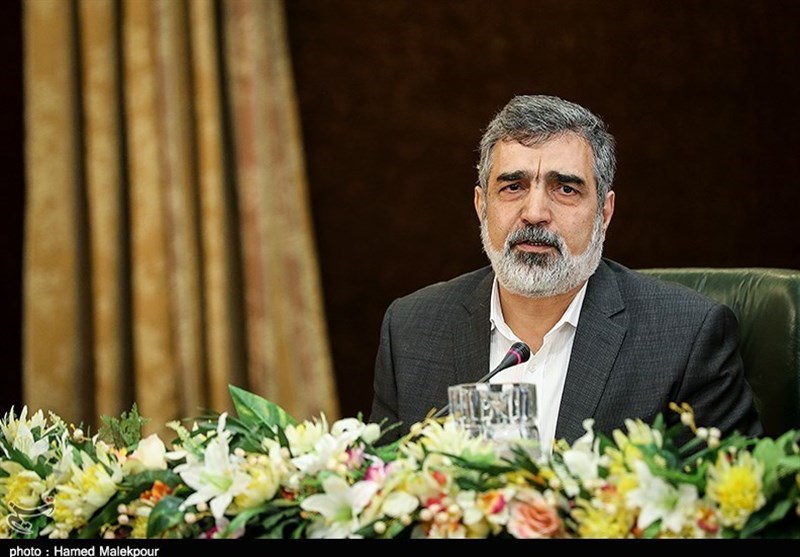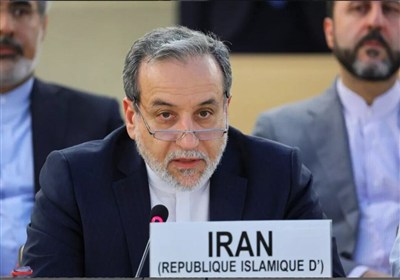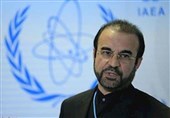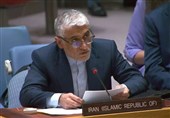Iran Relocates Centrifuge Machines for Security: Spokesman
TEHRAN (Tasnim) – Iran has transferred its centrifuge machines to a safe location nearly one year after an act of sabotage at TESA Karaj Complex, a centrifuge component manufacturing workshop near Tehran, damaged cameras at the site, a spokesperson said.
"Given their high significance, centrifuge machines were moved to a safer location and are now in operation," the spokesman for the Atomic Energy Organization of Iran (AEOI), Behrouz Kamalvandi, said in an exclusive interview with Iran's al-Alam TV on Saturday.
He added that Iran has plans to develop and manufacture centrifuge machines and to boost their security, Press TV reported.
"Following the terrorist operation against TESA Karaj Complex, we had to tighten security measures. We moved a significant part of these machines and transferred the rest to Natanz and Isfahan," Kamalvandi said.
He noted that the International Atomic Energy Agency (IAEA) has presented two reports; one when the machines were being transferred and the other one at the time that the cameras installed at Natanz facility became operational.
Given the ambiguities that have been raised in the reports, Iran explained that all the measures taken have been in line with the agreements reached with the IAEA, the AEOI spokesman noted.
He, however, emphasized that the UN nuclear agency will have no access to data recorded by its surveillance cameras until Iran and the P4+1 group of countries reach an agreement on the revival of the 2015 deal, known as the Joint Comprehensive Plan of Action (JCPOA).
On Thursday, Iran’s acting ambassador to the IAEA Mohammad Reza Ghaebi said the latest report by the agency confirms that Iran had informed the IAEA on April 4 that all the machines for centrifuge production had been transferred from Karaj to Natanz, letting the inspectors verify, on the same day, that the machines were not operating.
“The Agency will have no access to information recorded on the memory of its cameras and as long as Iran has not returned to full compliance with the JCPOA, that information would not be made available to the Agency and will be stored in Iran,” Ghaebi added.
In a statement on January 31, the IAEA said Iran has informed the agency that it will move the production of centrifuge rotor tubes and bellows from TESA Karaj Complex to the central city of Isfahan.
The IAEA confirmed that Iran has informed the agency that it can adjust its surveillance and monitoring measures accordingly, noting that the production of centrifuge rotor tubes and bellows at TESA Karaj Complex has been ceased.
The IAEA inspectors had installed surveillance cameras in a new workshop in Isfahan on January 24 to ensure the machines intended for the production of centrifuge rotor tubes and bellows were under monitoring but the production of the parts there had not started then.






